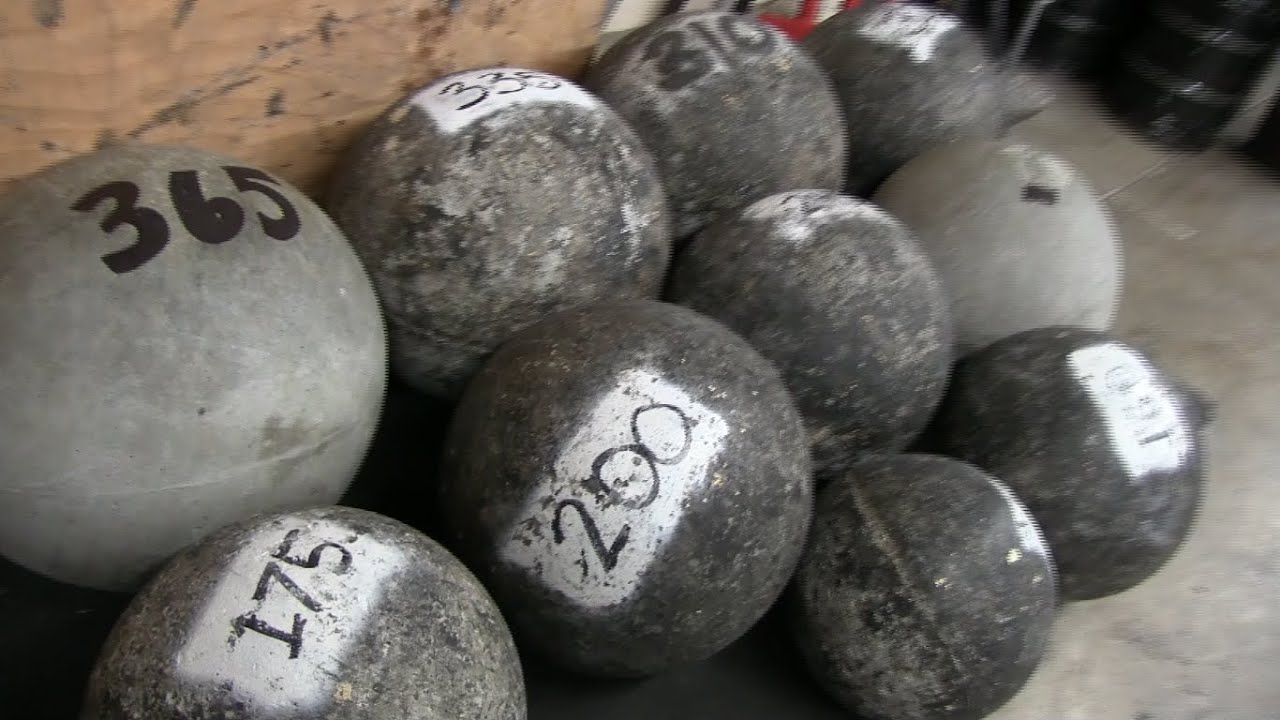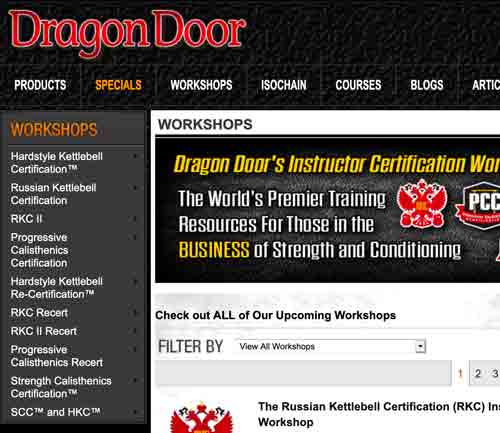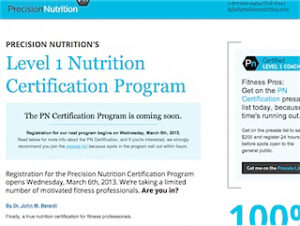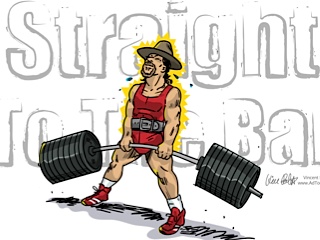
This month kicks off a collaborative article series with Run to Win‘s Blaine Moore on injuries. This piece looks at strains and sprains; typical causes and treatments. First, however, a couple of definitions are in order.
Strain
A strain is a tear of a tendon (fibrous cords that attach muscle to bone); arising through twisting or pulling [1].
Sprain
A sprain is a tear of a ligament (connective tissue joining one bone to another); arising through stretching [1].
Although the terms strain and sprain are often used interchangeably, just remember that strain=tendon and sprain=ligament.
Common causes
Strains
Unlike their similarly-named cousin, strains often arise from things as mundane as poor posture or repetition of an activity. In sports such as mountain biking it is often the fingers which are the subjects of injury [2]. Regardless of the nature of the cause, the solution (once the injury itself has been repaired) is often a simple matter of muscle strengthening and flexibility.
Sprains
These are most commonly seen around the ankle joint, and are caused in this case by anything that forces the ankle to ‘tip over‘ [4]. Usually this involves running or jumping and landing the foot on a unstable or uneven surface.
The chance of this action causing an injury is increased through :
- poor or incomplete rehabilitation of a previous injury to the same area
- poor proprioception (the knowledge of the spatial location of a body part)
- above average ‘rolling of the foot’ during normal walking or running
- weak muscles responsible for stabilising the joint
Symptoms
In order to identify whether a particular injury is a form of either strain or sprain – and not simply pain from the activity in question – the following symptoms are typical of the more severe injuries :
- muscle pain
- muscle spasm
- muscle weakness
- localised swelling
- muscle cramping
- partial loss of muscle function
Remedial action
There are several ways to deal with strains and sprains, and the method chosen is selected according to the severity of the injury. Regardless of the level of injury, treatment usually begins with RICE.
Classification
In order to make life easier for Physical Therapists and anyone dealing with soft tissue injuries on a regular basis, strains and sprains are categorised as follows :
First degree – some stretching or mild tearing of the ligament or tendon
- Joint can still function, but there is pain involved
- Some swelling
- Some joint stiffness
Second degree – more severe tearing of the ligament or tendon
- Moderate joint instability
- Placing weight on injured joint is very painful
- Swelling
- Joint stiffness
Third degree – rupture of ligament or tendon
- Loss of motion in joint
- Severe pain initially followed by no pain
- Severe swelling
RICE (Rest, Ice, Compression and Elevation)
RICE, or more correctly HI-RICE [3] (Hydration, Ibuprofen, Rest, Ice, Compression and Elevation) should be considered a first aid rather than a cure. It aims to both shorten the recovery period and minimise pain – without giving the impression that the joint is again ready for use.
The components of the treatment are as follows :
Hydration
Water helps the body to carry out various healing functions, so this one’s a no-brainer. Drink up.
Ibuprofen
Ibuprofen is an NSAID that helps to both minimise pain and reduce swelling. Dosages of around 400mg every 4-6 hours are generally recommended for treating soft tissue injuries; double the amount commonly suggested for other forms of pain.
Rest
Rest is a key part of the repair process. This doesn’t simply mean lying down and going to sleep (although that in itself can be incredibly beneficial), it means to avoid requiring the injured part of the body to carry out similar tasks whilst healing takes place. In other words, stay off it for a while.
Ice
Ice helps to reduce the swelling, as well as the pain from the heat generated. In using ice, wrap it in something like a towel to avoid direct contact with the skin. Place the towel on the injured area for around 20 mins/hour over the subsequent 24-48 hours. Leaving it on for more than 20 minutes per hour is actually detrimental, as it reduces the blood flow in the area (hindering nutrient transport and waste removal).
Compression
Bandaging the injured area helps to reduce the oedematous swelling (swelling caused by fluids within the tissue) from the injury. An elastic bandage is recommended, as a fixed bandage tends to restrict blood flow.
Elevation
Elevating the injured area (quite literally) also helps to reduce the oedematous swelling by increasing blood flow.
Medication
For a second degree injury, NSAIDS (Non-Steroidal Anti-Inflammatory Drugs – such as the Ibuprofen mentioned above), and aspirin are commonly used. NSAIDs work by inhibiting the enzyme cyclooxygenase [5], which is responsible for the production of prostaglandins (a group of lipids derived from fatty acids) [6]. It is the prostaglandins which are responsible for the swelling and much of the pain associated with the injury.
Unfortunately, as these prostaglandins perform other functions such as lining the stomach with a protective fluid, NSAIDs often have unwanted side effects such as nausea, vomitting and diarrhea [7].
Surgical repair
For a third degree injury, surgery may be required (fortunately this is rarely needed). In many cases a brace or cast (in addition to other treatments such as RICE and medication) may be sufficient to allow healing to take place.
Physical Therapy
Once the acute phase of the injury has passed, systematic strengthening and flexibility exercises can begin. The following should be considered :
- exercises to increase proprioception
- braces and strapping to facilitate activity
- muscle strengthening and flexibility exercises
- gradual return to sporting activities
- alternative activities to maintain fitness
These considerations – particularly the muscle strengthening, flexibility and proprioception work are also a great starting point for those looking to prevent these types of injuries. With a bit of effort and a little luck, you may just avoid the severe strains and sprains.
References
1. Strains and Sprains: What’s the difference?
American Academy of Orthopaedic Surgeons
2. Tendon Injury
Utah Mountainbiking
3. Hi-RICE
Wikipedia
4. Ankle sprains
ePodiatry
5. Non-steroidal Anti-Inflammatory Drugs (NSAIDs)
About.com
6. Prostaglandins
Dorlands Medical Dictionary
7. Non-steroidal Anti-Inflammatory Drugs (NSAIDs)
MedicineNet











0 Comments
Trackbacks/Pingbacks